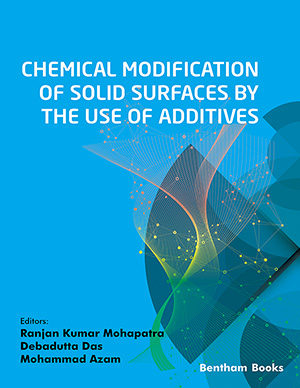Abstract
Recent studies of human mesenchymal stem cells (hMSCs) have revealed a number of properties that, if managed appropriately, may positively assist a large number of reparative or regenerative cellular processes. Their ability to produce factors and hormones coupled with their colony forming unit (CFU) potential renders these cells a valuable cellular bank for several therapies. The mesenchymal endometriotic stem cell (MESC) also exhibits part of these general properties but, in a paradoxical way, is implicated in the onset of endometriosis and thus infertility, a condition that torments millions of women worldwide. Although, there is no clear distinction about the regenerative or disease causing potential between a healthy and a non-physiological MESC, its postulated way of action leading to endometriosis involves its migration to and invasion of ectopic tissue. Such action may entail either the escapement of the MESC from the immunological function of surveillance or a regulatory-type masking, like a class-II negative state, that hides it from immunological interception. Since the acquired information on MESCs is sparse, this essay will briefly review papers and the small number of patents available in order to provide insight relevant to the understanding of this cell's contradictory behavior, whilst the immunological properties of MESCs will be used to formulate a potential theoretical basis on how to obstruct the initiation of endometriosis.
Keywords: Endometriosis, HLA antigens, immune system, natural food extracts, non-hematopoietic mesenchymal endometriotic, stem cell, senescence, surveillance
 45
45




